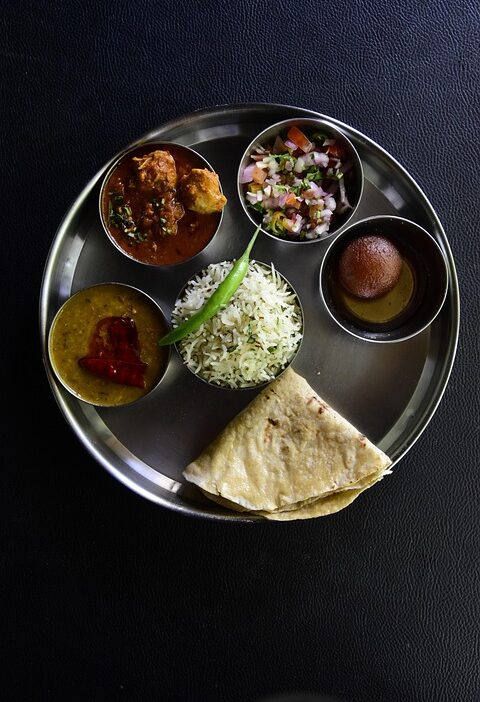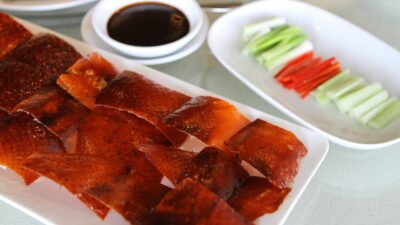India, a tapestry of diverse cultures, languages, and traditions, is perhaps most vividly expressed through its festivals. Beyond the vibrant colors and spirited celebrations lies an integral aspect of these festivals: food. Each festival showcases unique culinary traditions that reflect the region’s history, values, and agricultural practices. Here, we explore some of the most celebrated Indian festivals and the delectable dishes that accompany them.
Diwali: The Festival of Lights
Diwali, one of the most prominent festivals in India, celebrates the victory of light over darkness and good over evil. It’s a five-day celebration filled with joyful worship, exchanging gifts, and, of course, indulging in an array of festive foods.
Signature Dishes:
- Sweets: No Diwali celebration is complete without sweets. Popular choices include Gulab Jamun (deep-fried dough balls soaked in sugar syrup) and Jalebi (crispy, spiral-shaped batter dipped in syrup).
- Namkeen: Spicy snacks like Samosas and Chakli fill tables, offering a crunchy complement to the sweet treats.
- Thali Dinners: Elaborate meals featuring dishes such as Paneer Tikka, Biryani, and various lentil preparations symbolize the communal spirit of sharing.
Holi: The Festival of Colors
Holi, known for its vibrant colors and joyous atmosphere, marks the arrival of spring. Celebrated by splashing colored powders and water on each other, it is a time to forgive and renew relationships.
Signature Dishes:
- Gujiya: A sweet dumpling filled with khoya (reduced milk) and nuts, it’s a favorite treat during Holi.
- Bhaang Pakora: Fried fritters made from a mixture that includes bhaang (cannabis) leaves, often enjoyed in certain regions as part of the festivities.
- Thandai: A refreshing milk-based drink flavored with spices and often containing bhaang, it’s a staple during the festival.
Eid: Celebration of Sacrifice
Eid ul-Fitr and Eid ul-Adha are significant Islamic festivals celebrated with feasting, prayer, and charity. They bring families and communities together over shared meals, often featuring significant traditional dishes.
Signature Dishes:
- Biryani: A fragrant rice dish cooked with marinated meat, saffron, and spices, biryani is a centerpiece of Eid feasts.
- Kebabs: Various grilled meats marinated in spices are served as a delectable starter.
- Sheer Khurma: A sweet dish made with vermicelli, milk, dates, and nuts, it’s a cherished dessert that marks the celebration.
Pongal: Harvest Festival
Celebrated predominantly in Tamil Nadu, Pongal marks the harvest season and is deeply rooted in agrarian traditions. This festival lasts four days, each with its specific customs and culinary delights.
Signature Dishes:
- Pongal: The festival’s namesake dish, made of rice and lentils cooked together, often flavored with ghee, cumin, and pepper.
- Sakkarai Pongal: A sweeter version of Pongal, made with jaggery, ghee, and garnished with cashews and raisins, reflects the sweetness of the harvest.
- Curd Rice: A staple that balances the spices of the festivities, it serves as a calming end to the feasts.
Onam: The Harvest Festival of Kerala
Onam is a major harvest festival celebrated in Kerala, marked by elaborate feasts known as Onam Sadhya, showcasing the state’s rich agricultural bounty.
Signature Dishes:
- Banana Leaf Sadhya: A traditional vegetarian feast served on a banana leaf, typically featuring rice, lentil curry (Sambar), and various vegetable preparations including Avial (mixed vegetable curry).
- Payasam: A sweet rice pudding flavored with cardamom, often made with jaggery and coconut milk, is a must-have dessert during Onam.
- Pappadam: Crisp, thin wafers served as an accompaniment to the meal.
Conclusion
Indian festivals are not just a celebration of traditions; they are also a profound reflection of the country’s rich cultural heritage. The foods, in their various forms and flavors, tell stories of the land, its people, and their shared histories. Each dish holds significance beyond mere sustenance, enhancing the spirit of unity, joy, and celebration. Participating in these culinary experiences offers a delicious pathway into understanding the diverse and colorful culture that is India. So, whether you’re savoring a spicy samosa during Diwali or relishing the sweet notes of Gujiya on Holi, each bite is a celebration of life and its flavors.



